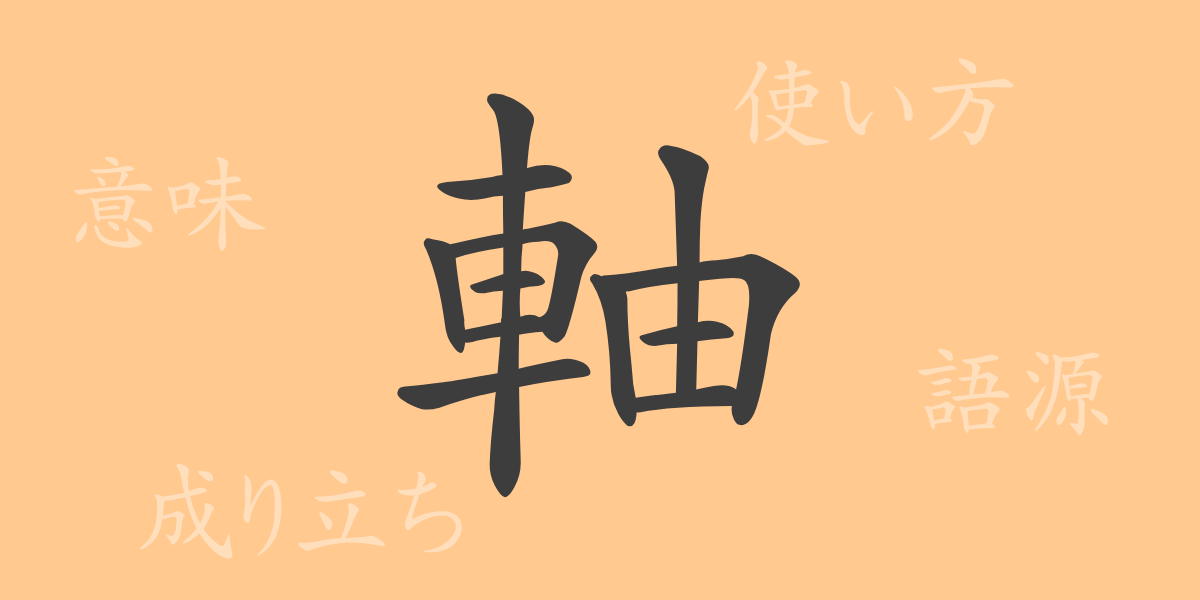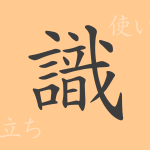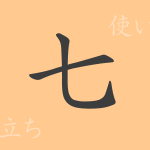The Japanese writing culture is profound, with common kanji characters being essential elements encountered frequently in daily life. This time, we focus on one of these common kanji, “軸(じく),” exploring its origins and modern usage. Let’s delve into the history, meanings, and expressions that this single character encompasses.
Origins of 軸 (Etymology)
The origin of the kanji “軸(じく)” dates back to ancient China, where its roots can be found in oracle bone script. Initially, it referred to the central part of a wheel, and from there, it evolved to mean “center.” Over time, “軸(じく)” came to denote the core or essential part of things.
Meanings and Usage of 軸
In modern Japanese, “軸(じく)” often refers to a physical axis, such as the central shaft of a rotating object. However, it is also used metaphorically to describe the central idea, the main aspect, or the crucial element of a person’s thoughts or a plan. For example, “軸(じく)” might be used to describe the central role in an organization or the core of a strategic plan.
Readings, Stroke Count, and Radical of 軸
Here is some basic information about the kanji “軸(じく).”
- Readings: The on’yomi (音読み) is “ジク,” and the kun’yomi (訓読み) is “じく.”
- Stroke count: It consists of 12 strokes.
- Radical: The radical is “車(くるまへん),” related to vehicles or wheels.
Idioms, Phrases, and Proverbs Using 軸
The kanji “軸(じく)” is rich in idiomatic and proverbial usage in Japanese. For instance, “軸足(じくあし)” refers to the leg bearing most of the body’s weight and, by extension, the most important point of focus. “一本軸(いっぽんじく)” signifies a strong principle or policy, indicating the fundamental direction of something. “軸になる(じくになる)” means to play a central role in a particular matter.
Conclusion on 軸
The kanji “軸(じく)” not only signifies a physical central axis but also metaphorically represents the core or fundamental aspect of various matters. Its application in Japanese is wide-ranging, highlighting the importance of understanding the meanings and backgrounds embedded in each word. Gaining insight into the kanji “軸(じく)” helps deepen our appreciation of the richness of the Japanese language.

























